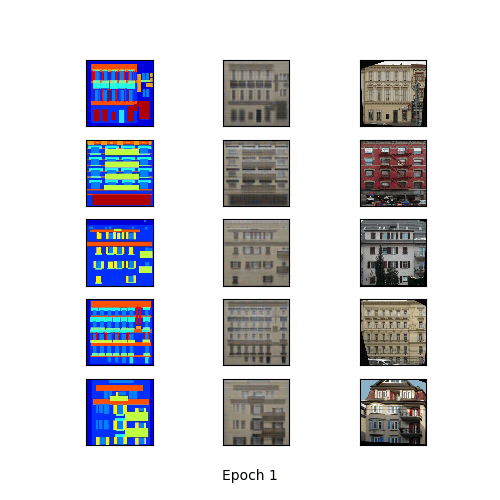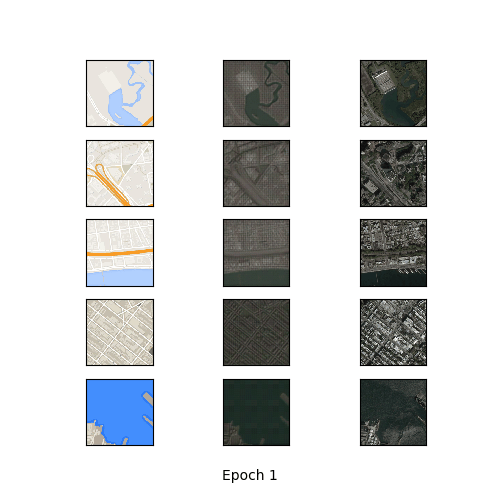Tensorflow implementation of pix2pix [1] for various datasets.
- you can download datasets: https://people.eecs.berkeley.edu/~tinghuiz/projects/pix2pix/datasets/
- you can see more information for network architecture and training details in https://arxiv.org/pdf/1611.07004.pdf
- cityscapes
- 2,975 training images, 200 train epochs, 1 batch size, inverse order: True
- facades
- 400 training images, 200 train epochs, 1 batch size, inverse order: True
- maps
- 1,096 training images, 200 train epochs, 1 batch size, inverse order: True
- edges2shoes
- 50k training images, 15 train epochs, 4 batch size, inverse order: False
- edges2handbags
- 137k training images, 15 train epochs, 4 batch size, inverse order: False
- facades after 200 epochs
| Input | Output | Ground truth |
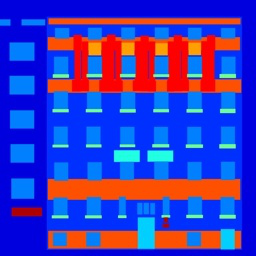
| 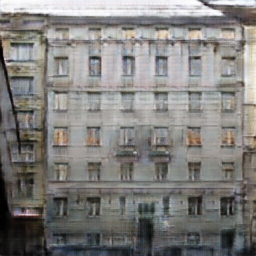
| 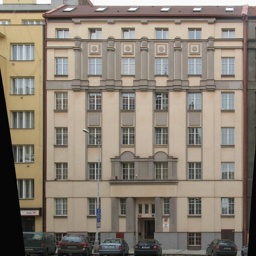
|
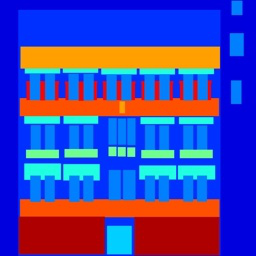
| 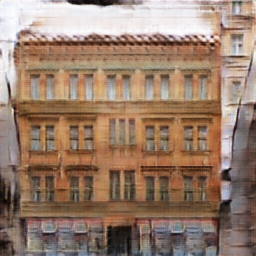
| 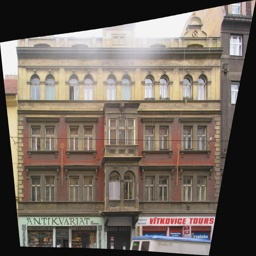
|
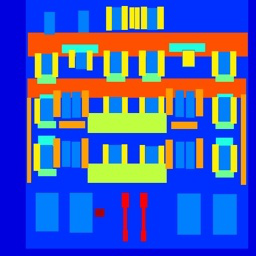
| 
| 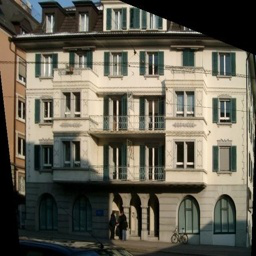
|
- Generate animation for fixed inputs
- First column: input, second column: output, third column: ground truth
- Learning time
- Avg. per epoch: 54.19 sec; Total 200 epochs: 11,339.61 sec
- maps after 200 epochs
| Input | Output | Ground truth |

| 
| 
|

| 
| 
|

| 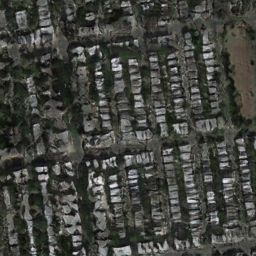
| 
|
- Generate animation for fixed inputs
- First column: input, second column: output, third column: ground truth
- Learning time
- Avg. per epoch: 205.08 sec; Total 200 epochs: 41,622.29 sec
- Windows 7
- GTX1080 ti
- cuda 8.0
- Python 3.5.3
- tensorflow-gpu 1.2.1
- numpy 1.13.1
- matplotlib 2.0.2
- imageio 2.2.0
[1] Isola, Phillip, et al. "Image-to-image translation with conditional adversarial networks." arXiv preprint arXiv:1611.07004 (2016).
(Full paper: https://arxiv.org/pdf/1611.07004.pdf)
